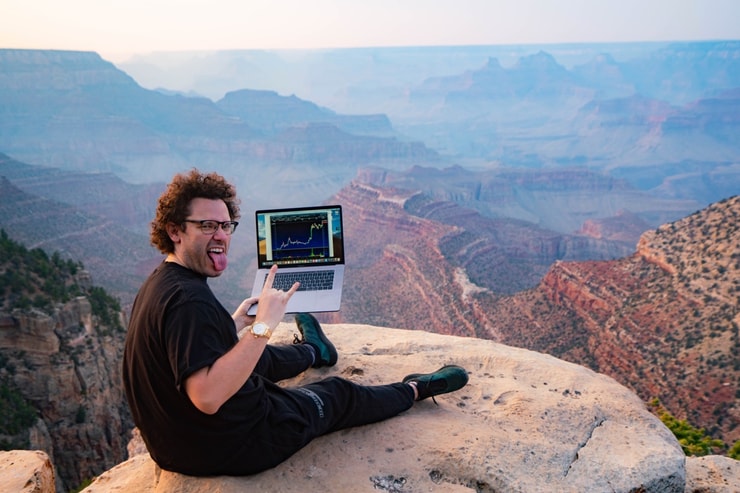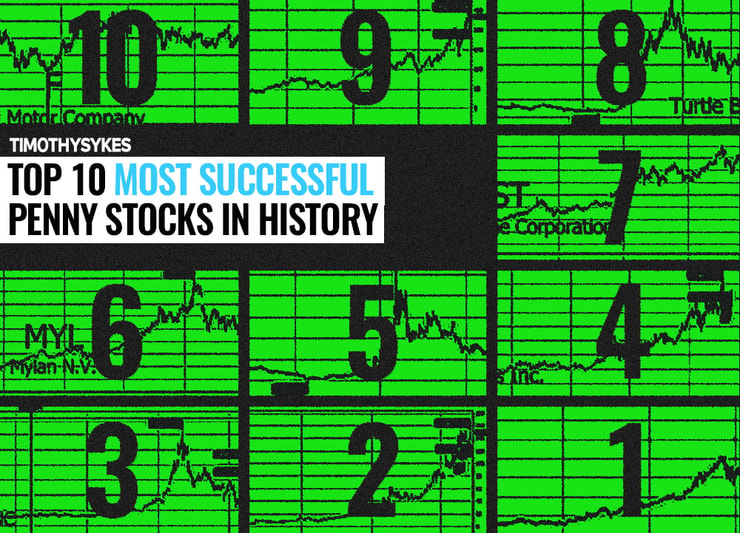NVIDIA Corporation (NASDAQ: NVDA) was the undisputed king of the AI boom.
From early 2023 to October 2025, it surged over 1,300%*.
Early believers made a fortune. But here’s what most traders won’t tell you …
The market is shifting.
As AI matures, the industry’s needs are evolving. NVDA built the “brain” of the AI revolution, the GPUs.
But now, as AI scales into every sector, from healthcare, to robotics, to logistics, the demand is moving from brains to infrastructure.
That’s where the new opportunity lies for traders.
Wall Street is already sniffing it out … A “picks & shovels” play that’s quietly powering the next phase of the AI boom.
This stock is under-the-radar, it’s still cheap, and it has all the makings of the next NVDA.
Early bullish signals are already flashing this week, but the mainstream hype has yet to kick in.
If you missed the surge on NVDA, this could be your shot at redemption.
Because once the momentum hits, it’s game over for the latecomers …
There are a bunch of small-cap AI runners that I’ve traded in 2025.
And I plan to use the same trading process on the next biggest AI stock spike.
Small-Cap Spikes

2025 Millionaire Media, LLCOne of the most recent examples of AI strength in the small-cap market is GSI Technology Inc. (NASDAQ: GSIT).
The stock spiked 250%* on October 20 after the company announced findings from Cornell University that confirmed its APU technology has computation power that rivals GPU chips at a fraction of the energy cost.
And the stock followed my framework perfectly.
I traded the initial spike on October 20 and I traded it again during the number five bounce on October 27.
My notes are below:
More Breaking News
- Treasure Global’s New Tech Push: What’s Next?
- TGS Stock Rockets: Timely Buy or Bubble?
- SLGB Stock: Surprising Moves Amid High Volatility
- Nauticus Robotics: Testing Plans Spark Interest


Here’s a chart of the GSIT spike thus far.
Every candle represents 10 minutes:

As you can see, I left a lot on the table.
There’s so much potential for small-account traders to make gains from these runners.
As it stands now, this stock’s technology has the potential to carry the price higher … But there’s a lot of upward resistance right now.
It likely needs another catalyst to carry it through those levels with strong volume. Like a new contract for its APU chips.
It’s still on my watchlist, but the catalyst for GSIT pales in comparison to the massive AI infrastructure catalyst that’s currently at work behind the scenes.
There’s a stock that has already gained traction in the real-world AI sector as an industry supplier, and its importance is growing. Early investors are loading up on shares.
Yes, GSIT spiked 250%*, but we’re tracking the next NVDA-sized move.
A stock that could erupt +1,000% as the AI market continues to grow.
And there’s already key support to help us build a position:
This is the biggest AI trade in the market right now!
Don’t miss your NVDA moment.
Cheers
*Past performance does not indicate future results








Leave a reply